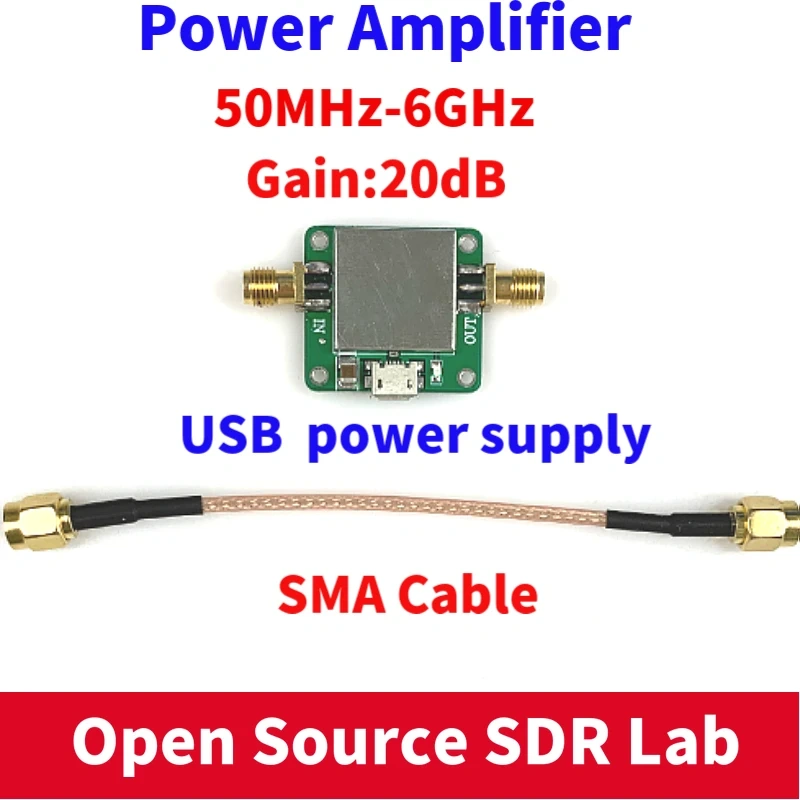Table of content:
Market Overview: The Shift from Ultra-Thin to Fabric Light Boxes
Why Fabric Light Boxes Are Becoming the Preferred Choice
Where Fabric Light Boxes Outperform
Ultra-Thin Light Boxes: When Are They Still Useful?
Final Thoughts: Make the Right Choice for Long-Term Impact
Market Overview: The Shift from Ultra-Thin to Fabric Light Boxes
Ultra-thin light boxes were widely used throughout the 2010s, offering a modern look in limited space. Their slim aluminum frames, combined with LED backlighting, made them ideal for compact indoor locations such as office lobbies, corridors, or retail shelves. But despite their sleekness, ultra-thin boxes have a key limitation: size. They typically max out at 1.2m x 2.4m. Any business requiring larger, seamless visuals quickly found this restriction limiting. Fabric light boxes, by contrast, are designed for scale and flexibility. Built using aluminum frames and silicone-edge graphics stretched over the surface, they allow for large-format displays that can extend across entire walls or storefronts. Whether for a 30-meter airport wall or a small product corner, they deliver consistent brightness and impact.
Why Fabric Light Boxes Are Becoming the Preferred Choice
Fabric light boxes offer numerous advantages over ultra-thin boxes. They can be custom-built to virtually any size, from a 2-meter display to a 30-meter LED wall, scaling beautifully without distortion or uneven lighting. Engineered for both indoor and outdoor use, their weather-resistant materials and sealed lighting systems make them ideal for applications such as outdoor advertising, construction fencing, and event banners. One of their biggest benefits is the ease of updating visuals, as fabric light boxes use silicone-edge graphics (SEG) that press into the frame channel without tools or lengthy setups, allowing businesses to refresh promotions or branding in minutes. Despite their large size, they are made from lightweight aluminum, making them easy to transport, install, and reconfigure for events, exhibitions, or mobile promotions. Additionally, they are energy-efficient and cost-effective, often featuring advanced LED modules that reduce electricity bills and extend lifespan, making them a smart choice for 24/7 commercial use.
Where Fabric Light Boxes Outperform
Fabric light boxes are a staple in major advertising settings, appearing in transportation hubs like airports, subway stations, and train terminals, where large, bright ads grab attention in high-traffic areas. They are widely used in shopping centers to showcase new collections, promotions, and lifestyle visuals across storefronts or feature walls. Retail chains and stores benefit from their modular design, ensuring consistent branding for both indoor signage and outdoor displays across multiple locations. At exhibitions and trade shows, their quick setup and striking presentation make them essential for standing out in competitive environments. Hospitality and entertainment venues also use fabric light boxes for theater promotions, hotel lobby displays, and large event backdrops, adding to their versatility and appeal.
Ultra-Thin Light Boxes: When Are They Still Useful?
Ultra-thin light boxes aren’t obsolete and still serve a purpose, especially in locations where space is very limited or where the content is frequently swapped in small sizes, such as menus or small hallway ads. Their compact design and affordability make them ideal for restaurants, salons, and waiting rooms. However, for modern marketing needs that demand flexibility, visual dominance, and efficiency, fabric light boxes hold a clear advantage.
Final Thoughts: Make the Right Choice for Long-Term Impact
Choosing between a fabric light box and an ultra-thin light box comes down to your goals. If you're looking for a display that’s modern, scalable, and easy to update—while delivering maximum brand visibility—fabric light boxes are the future. They don’t just illuminate your visuals; they elevate your brand’s presence.


No comments:
Post a Comment